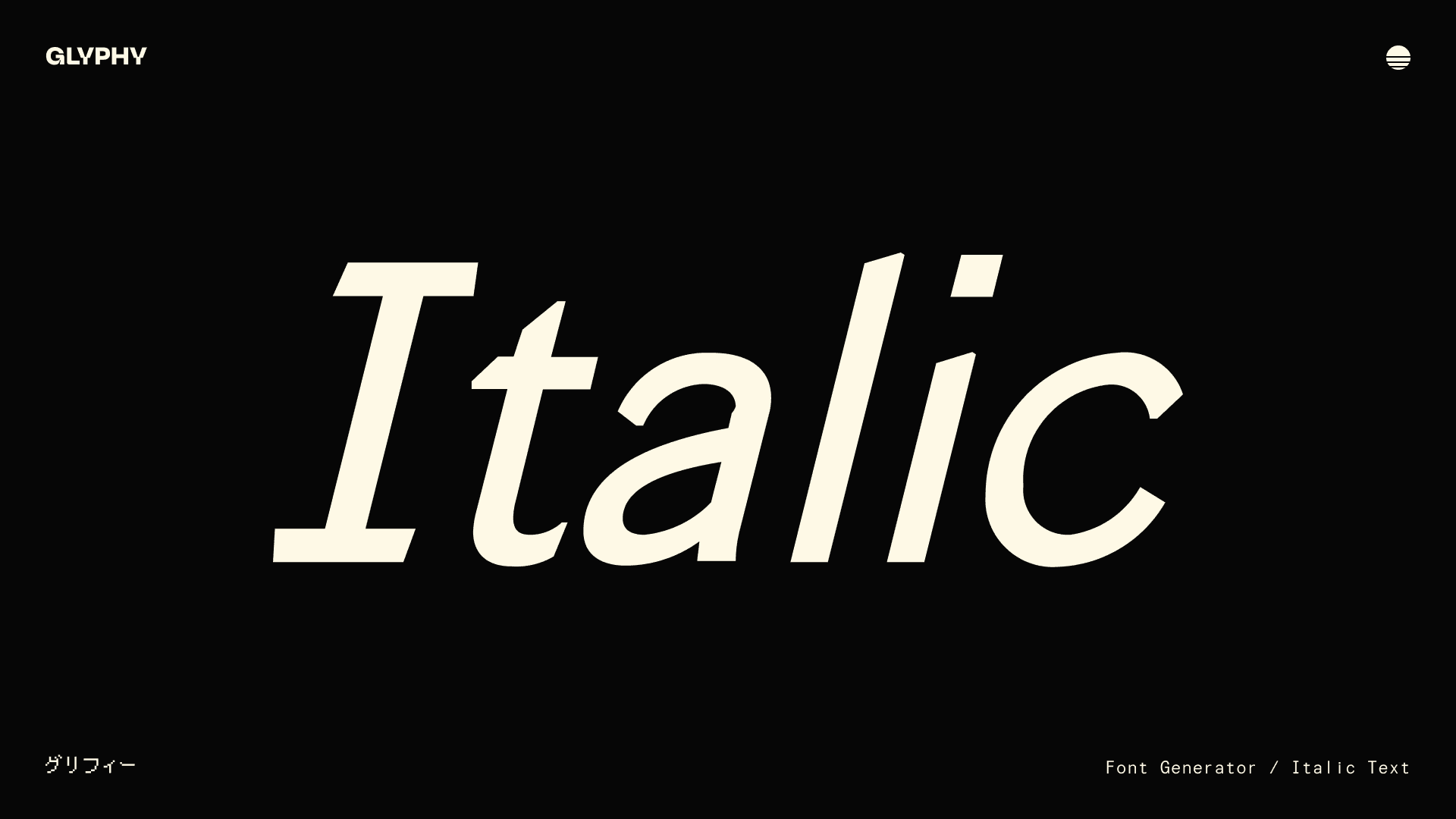Observation Log
I'm naturally curious about the little details in design — things we often miss, like why a button animates differently or why italics are less preferred. This is a space where I jot down small design observations and try to reason why they might be done that way. Some are just guesses. Some shaped with help from ChatGPT. But all of them reflect how I try to think beyond the obvious and learn as I go.
This section gives a peek into how I notice patterns, stay curious, and try to understand the "why" behind everyday design.
Why does YouTube’s fullscreen icon have that subtle scaling animation while other icons in the player don’t?
Fullscreen is a key mode change
Clicking fullscreen dramatically changes the viewing experience — it shifts the user from a regular windowed view to an immersive, distraction-free mode.
A small animation (like scaling or pulsing) signals to the user that this button triggers something special or more significant than a basic action (like pause or volume).
Actions like pause, next, volume, and subtitles are expected to be quick and frequent. Adding animations to these would:
Slow down rapid interaction.
Create visual clutter during frequent playback adjustments.
Fullscreen, on the other hand, is typically toggled less often — so a tiny delay or animation feels acceptable, even pleasant.
The fullscreen button gets that extra animation because it represents a significant, infrequent action that alters the user’s mode of engagement. The animation helps draw attention, signals importance, and adds a bit of delight without cluttering the UI.
Why Apple might not have included a "Select All" and delete functionality for iOS messages, despite it being a seemingly useful feature
User Safety and Accident Prevention: Apple might prioritise preventing accidental deletions. "Select All" for mass deletion in messages could lead users to inadvertently erase important conversations or data without realising the consequences.
Encouraging Archival vs. Deletion: Apple may want users to archive or keep their conversations rather than deleting them entirely. In some messaging apps, important information or history could be lost if "Select All" was too easily accessible.
iCloud Backup Integration: Since iOS integrates tightly with iCloud for backups and syncing, Apple might assume that users won’t feel the need to delete messages in bulk, relying on the cloud for storage.
Security and Privacy Concerns: If users can quickly delete all their conversations, it might raise issues in situations where records need to be preserved for legal or security reasons. Apple could be avoiding making it too easy for users to erase sensitive information.
This Apple’s decisions typically revolve around maintaining a balance between user control and security, simplicity, and usability.
Why Italics are rarely used in SaaS platforms (or most digital products).

Italics are rarely used in UI of popular SaaS platforms (or most digital products). It’s not just a random design choice; there are solid reasons behind this preference.
Italics reduce legibility & Readability, especially at small sizes. On screens (especially low-res or when rendering on different devices), italicized text can feel cramped or blurry. Slanted letters are harder to recognize, increasing strain. This is worse in dense UIs where clarity is crucial.
SaaS platforms usually deal with data-heavy interfaces, forms, tables, and controls — places where scanning and reading speed matter more than style.
Consistency and hierarchy: Most platforms rely on weight, color, size, or spacing to establish hierarchy because those methods are clearer and more consistent across devices and languages.
Italics introduce a less predictable visual distinction — they don’t stand out as cleanly as bold or different colors.
Visual Noise: Italic text adds a feeling of irregularity or ornamentation. SaaS platforms typically aim for clean, minimal, utilitarian UIs where everything feels deliberate and functional. Italics can break that uniform rhythm.
In UI design, italics are conventionally reserved for special cases: emphasis in rich text, placeholders, or citation of titles. Since they signal special meaning, overusing them could create unnecessary cognitive load.
Font rendering and technical constraints: Some web-safe fonts or system fonts don’t have well-designed italic versions, or their italic styles are artificially slanted rather than true italics, making them look awkward. SaaS apps must perform consistently across browsers, OSes, and display settings, so they tend to stick to the most robust styling.
Where italics are used in SaaS:
Placeholder text in inputs (
e.g., "Search...")Rich text editors (where users control the style)
Citations or titles (in documentation/help articles)
It’s more than just taste — italics are avoided because they reduce legibility, don’t scale well across devices, add visual noise, and don’t contribute effectively to hierarchy or clarity in functional UIs.
Why sometimes UI elements intentionally do not have hover states.
In the above two examples if you notice, Apple doesn't show any hover on it's settings page or even in finder side panel. On Figma, it doesn't show hover for drop-downs but show hover for other action items. There can be several reasons for this design choice:
Reducing Visual Clutter
Too many hover effects can create unnecessary distractions or make the interface feel overly animated.
If an element is already visually clear in its default state, a hover effect might not add much value.
Encouraging Clicks Instead of Hovers
In some cases, removing hover states forces users to actively engage with an element (e.g., clicking on a dropdown instead of revealing options on hover).
This can improve usability by making user intent more explicit.
Performance Optimisation
Hover effects, especially with animations, can increase rendering load and slow down performance.
On complex UIs, reducing unnecessary state changes can improve responsiveness.
Avoiding Accidental Interactions
Hover-triggered elements (like tooltips or dropdowns) can sometimes activate unintentionally, leading to frustration.
Some designers prefer click-to-reveal interactions instead.
That said, hover states are generally useful for buttons, links, and interactive components to provide feedback. If they are missing in areas where users expect them, it might be a design oversight or an intentional trade-off.